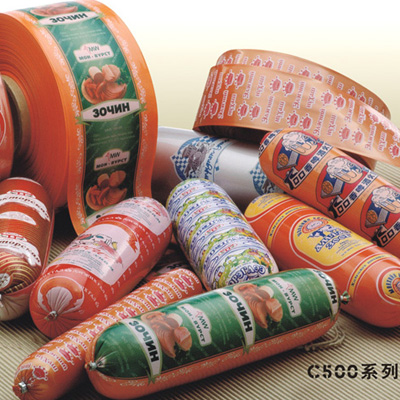What Sausage Casings Are Made of?
Sausage casings are an integral part of the sausage-making process. They provide structure, shape, and a protective barrier to the meat mixture, helping to retain moisture and flavors during cooking. Over the years, various materials have been used as sausage casings, each with its own characteristics and suitability for different types of sausages. In this article, we will explore the different types of sausage casings and the materials from which they are made.
Natural Casings:
Natural casings are derived from animal sources and have been used for centuries in sausage making. They offer a traditional and authentic look, texture, and flavor to sausages. The most common types of natural casings are:
Hog Casings: Made from the small intestines of pigs, hog casings are versatile and widely used for a variety of sausages, including breakfast sausages, bratwursts, and Italian sausages. They are known for their tender yet robust texture.
Sheep Casings: Sheep casings, obtained from the small intestines of sheep, are thinner and more delicate compared to hog casings. They are commonly used for small sausages, such as breakfast links, cocktail sausages, and merguez.
Natural casings provide excellent breathability, allowing smoke and flavors to permeate the sausages. They also have a natural curve and are ideal for making sausages with a curved shape.

C500 Sausage Packaging 5 Layers Nylon Casings
Collagen Casings:
Collagen casings are synthetic casings made from collagen, a protein derived from animal connective tissues, typically from beef or pork. They are a popular alternative to natural casings due to their uniformity, ease of use, and availability in various sizes. Some key characteristics of collagen casings include:
Synthetic Casings:
Synthetic casings are made from various materials, such as cellulose, plastic, or a combination of both. They are typically used for cooked or smoked sausages that do not require peeling before consumption. Key features of synthetic casings include:
Versatility: Synthetic casings can be used for a wide range of sausages, including cooked, smoked, and dried sausages. They are suitable for various sizes and shapes, allowing for flexibility in sausage production.




Comments
Please Join Us to post.
0